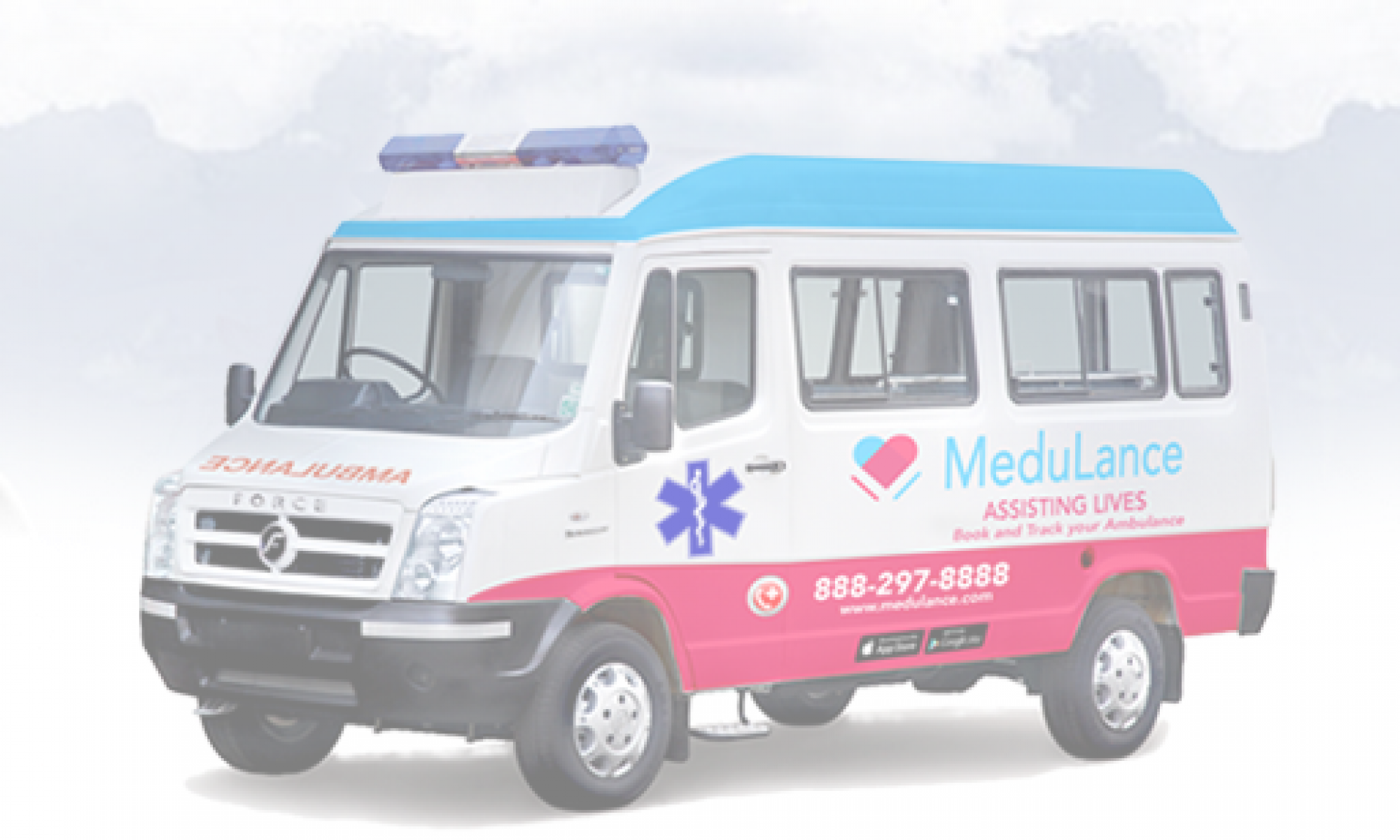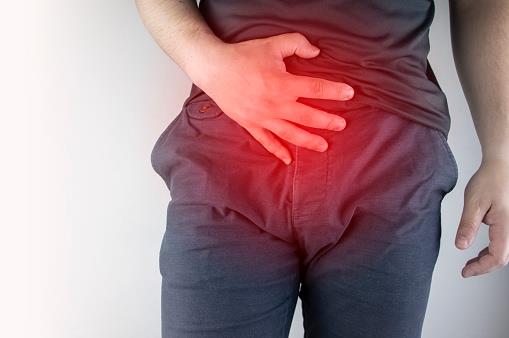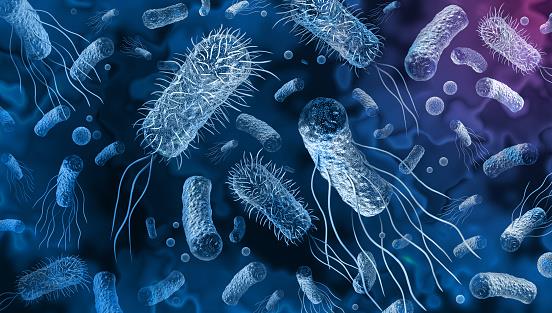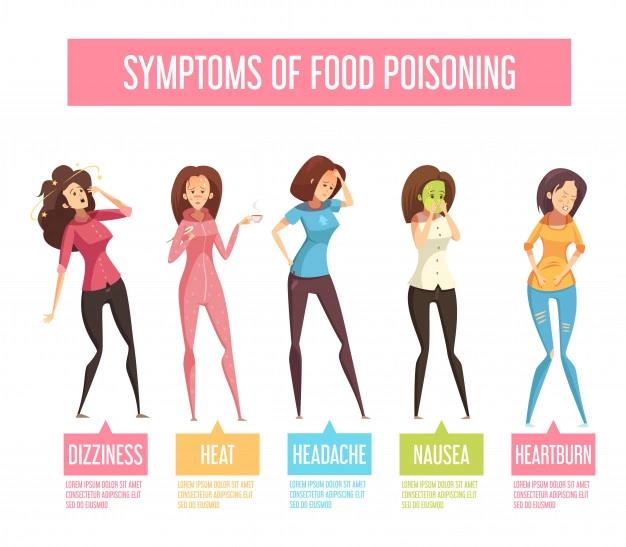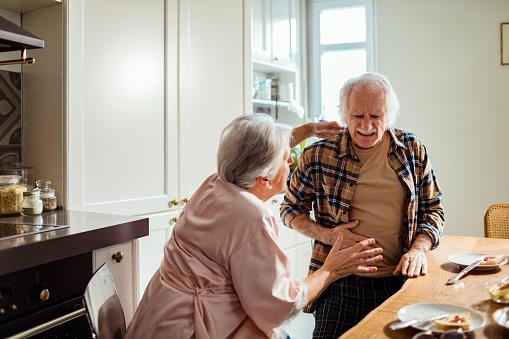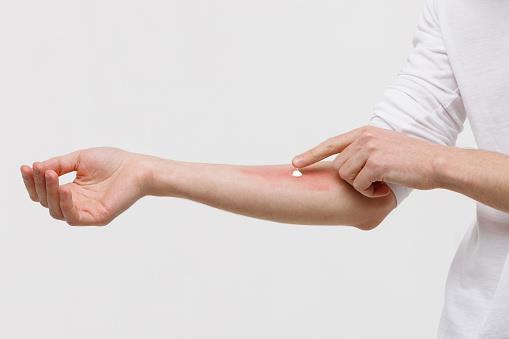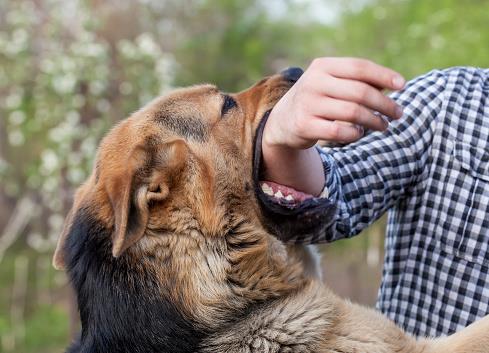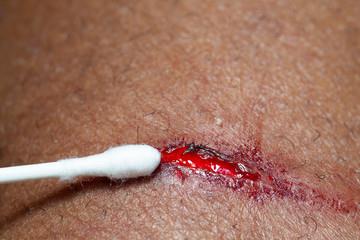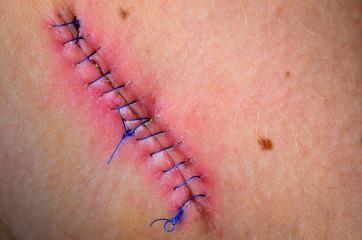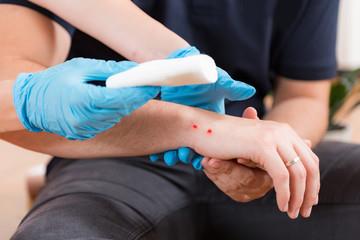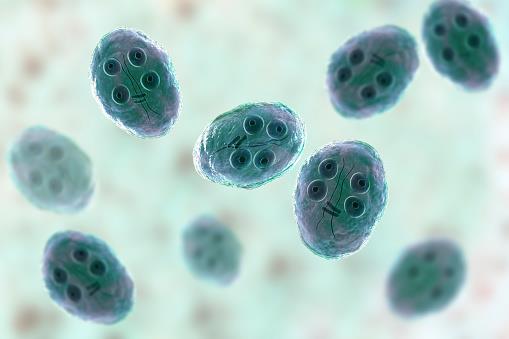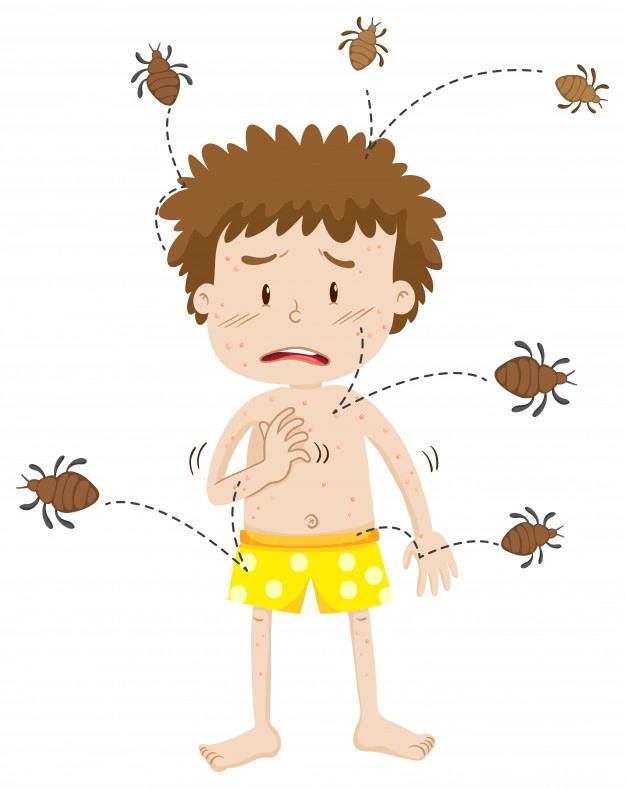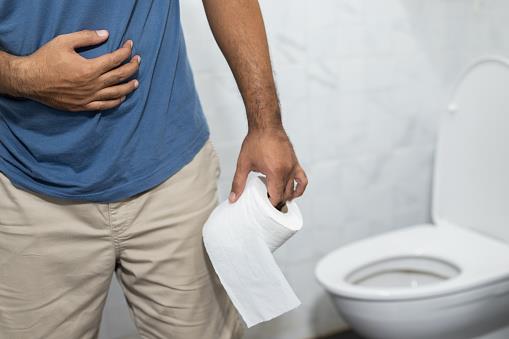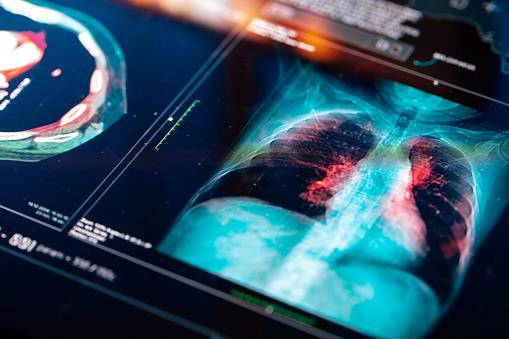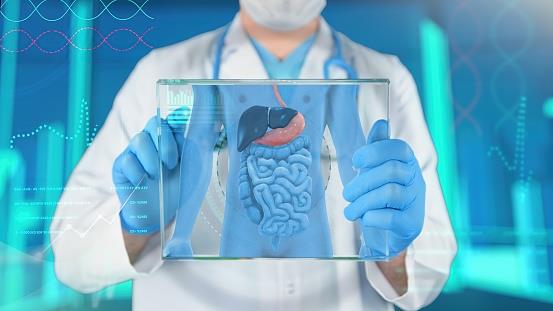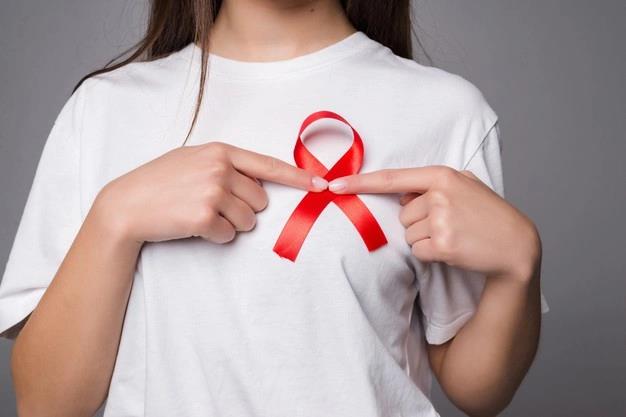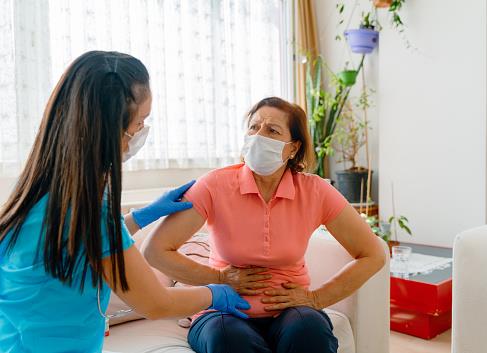The incidences of prostate cancer risks have shown significant variation across the globe. Though the prevalence and characteristics of prostate cancer risks have been extensively studied in many countries, data regarding the actual incidence of prostate cancer in India is limited.
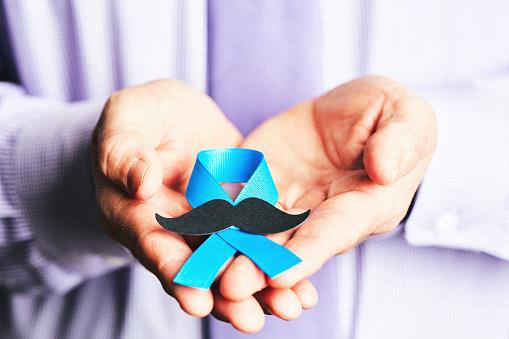
Prostate cancer is primarily a disease of the elderly with more than three-quarter of the cases occurring in men above 65 years of age. This disease has become a major health problem globally during the last few decades. Studies have shown that prostate cancer is the second most frequently diagnosed cancer in men worldwide and the fifth most common cancer overall. It is disheartening to note that approximately 4.04 million years of healthy life are lost globally due to prostate cancer alone. It is also the sixth leading cause of cancer deaths in men. Worldwide, prostate cancer is projected to have the most substantial proportionate increase in cancer cases in men by 2020.
A risk factor is anything that increases a person’s chance of developing cancer. Although risk factors often influence the chance to develop cancer, most do not directly or by themselves cause cancer. Some people with several known risk factors never develop cancer, while others with no known risk factors do. Knowing your risk factors and talking about them with your doctor may help you make more informed lifestyle and health care choices.
The following factors may raise prostate cancer risks:
● Age: The prostate cancer risks increase with age, especially after age 50. More than 80% of prostate cancers are diagnosed in men who are 65 or older. Older patients who are diagnosed with prostate cancer can face unique challenges, specifically concerning cancer treatment.
● Family History: Prostate cancer that runs in the family, called familial prostate cancer, occurs about 20% of the time. This type of prostate cancer develops because of a combination of shared genes and shared environmental or lifestyle factors. Hereditary prostate cancer, meaning the cancer is inherited from a relative, is rare and accounts for about 5% of all cases. Hereditary prostate cancer occurs when changes in genes, or mutations, are passed down within a family from 1 generation to the next.
Prostate Cancer risks may be suspected if a man’s family history includes any of the following characteristics:
● 3 or more first-degree relatives with prostate cancer
● Prostate cancer in 3 generations on the same side of the family
● 2 or more close relatives, such as a father, brother, son, grandfather, uncle, or nephew, on the same side of the family, diagnosed with prostate cancer before age 55.
If a man has a first-degree relative—meaning a father, brother, or son—with prostate cancer, his prostate cancer risks are 2 to 3 times higher than the average risk. The prostate cancer risks increase even further with the number of relatives diagnosed with prostate cancer.
● Other genetic changes: Other genes that may carry increased prostate cancer risks include HPC1, HPC2, HPCX, CAPB, ATM, and FANCA. However, none of them has been directly shown to cause prostate cancer or be specific to this disease. Research to identify genes associated with an increased risk of prostate cancer is ongoing, and researchers are continually learning more about how specific genetic changes can influence the development of prostate cancer. At present, there are no genetic tests available to determine a man’s chance of developing prostate cancer.
● Eating habits: No study has proven that diet and nutrition can directly cause or prevent the development of prostate cancer. However, many studies that look at links between certain eating behaviors and cancer suggest there may be a connection. For example, obesity is associated with many cancers, including prostate cancer, and a healthy diet to avoid weight gain is recommended.
Factors that can lead to avoidance of Prostate Cancer risks are –
● Regularly eating foods high in fat, especially animal fat, may increase prostate cancer risk. However, no prospective studies, meaning studies that look at men who follow either high-fat or low-fat diets and then measure the total number of men in each group diagnosed with prostate cancer, have yet shown that diets high in animal fat raise prostate cancer risks.
● A diet high in vegetables, fruits, and legumes, such as beans and peas, may decrease the risk of prostate cancer. It is unclear which nutrients are directly responsible. Although lycopene, the nutrient found in tomatoes and other vegetables, has been shown to be associated with a lower risk of prostate cancer, the data so far have not proven a relationship.
● Currently, no specific vitamins, minerals, or other supplements have been conclusively shown in clinical trials to prevent prostate cancer. Men should talk with their doctors before taking any supplements to avoid prostate cancer risks.
● Specific changes to eating behaviors may not stop or slow the development of prostate cancer. It is possible such changes would need to be made early in life to have an effect.
Medulance is a user-friendly way to request and track ambulances close to you. Medulance, India’s first, GPS based technology platform for fast and reliable first point medical attention.
